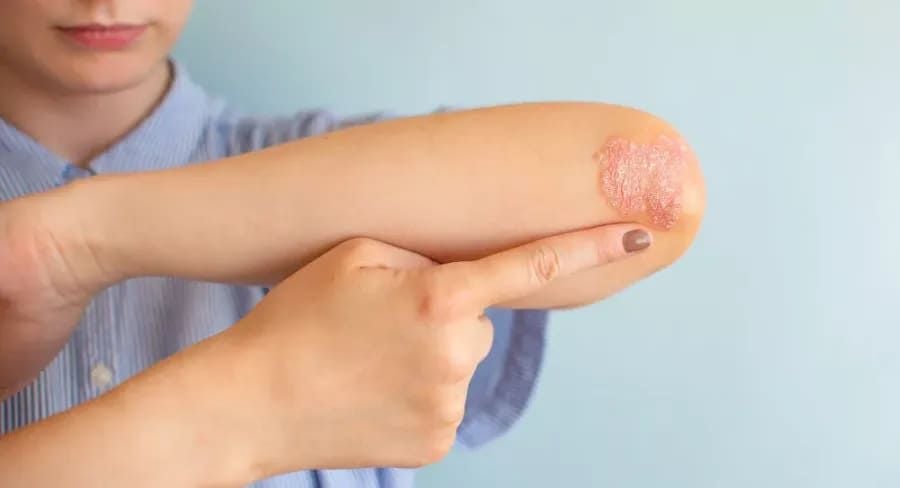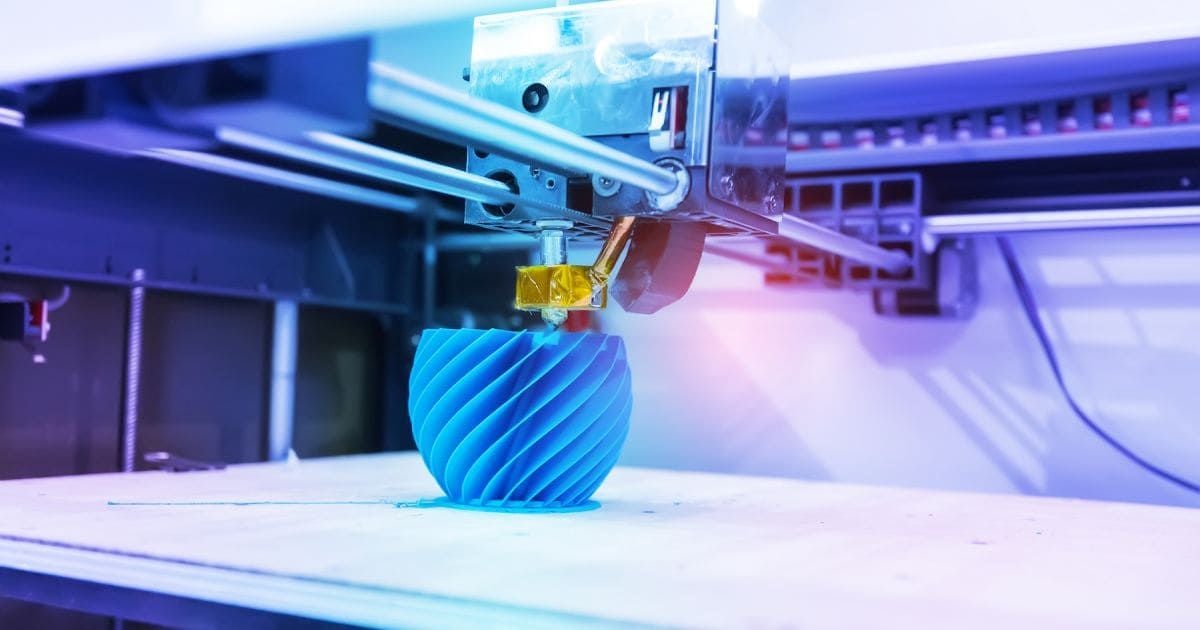Symptoms of Plaque Psoriasis

What is Plaque Psoriasis?
At its core, plaque psoriasis is an immune system disorder that causes skin cells to multiply far too quickly, leading to the formation of thick, scaly plaques. These plaques typically develop on the elbows, knees, scalp, and lower back, but can appear anywhere on the body. The hallmark symptom of plaque psoriasis is the presence of well-defined, inflamed patches of skin. These patches, also known as plaques, have a distinctive appearance that sets them apart from other skin conditions.
Identifying the Symptoms
The most common and recognizable symptoms of plaque psoriasis include:
Raised, Red Patches
The defining feature of plaque psoriasis is the presence of raised, red lesions on the skin. These plaques often have a sharp, defined border that clearly distinguishes them from the surrounding healthy skin.
Silvery-White Scales
Covering the red, inflamed patches is a signature layer of silvery-white scales or flakes. These scales are actually dead skin cells that have built up due to the rapid turnover of skin cells caused by the underlying immune system dysfunction.
Itchy, Sore Skin
In addition to their unsightly appearance, the psoriasis plaques can also be quite uncomfortable. Many people with plaque psoriasis experience itching, soreness, or even burning sensations in the affected areas.
Cracked, Bleeding Skin
As the thick scales begin to build up, the skin within the psoriasis plaques can become cracked, fissured, and prone to bleeding, especially with scratching or irritation.
Nail Changes
Psoriasis doesn't just affect the skin - it can also cause changes to the nails. People with plaque psoriasis may develop pitted, ridged, or discolored nails, and in severe cases the nails can even begin to separate from the nail bed.
Joint Pain
In some cases, the inflammation associated with plaque psoriasis can also affect the joints, leading to a condition called psoriatic arthritis. Symptoms of this include joint pain, stiffness, and swelling.
Timing and Triggers
The symptoms of plaque psoriasis can vary greatly in severity and frequency from person to person. For many, the condition follows a cyclical pattern, with flare-ups alternating with periods of remission.
Certain triggers can provoke a psoriasis flare, including:
- Stress
- Infections
- Skin injuries or cuts
- Certain medications
- Weather changes
- Hormonal shifts
Recognizing the Signs
Given the distinctive appearance of plaque psoriasis, the condition is usually fairly easy to identify, especially when the classic symptoms are present. However, it's still important to see a dermatologist for a proper diagnosis, as there are other skin conditions that can resemble psoriasis. During the appointment, the doctor will conduct a physical examination, looking for the telltale signs of plaque psoriasis. They may also perform tests like a skin biopsy to rule out other potential causes. With an accurate diagnosis, the next step is developing an effective treatment plan to manage the symptoms and prevent or minimize flare-ups. This often involves a combination of topical medications, oral or injectable drugs, and lifestyle changes.
Conclusion
In conclusion, while plaque psoriasis is a chronic condition without a cure, effective treatment can bring the symptoms under control and dramatically improve quality of life. By recognizing the signature signs of this skin disorder, you can take the first steps toward getting the care you need.










